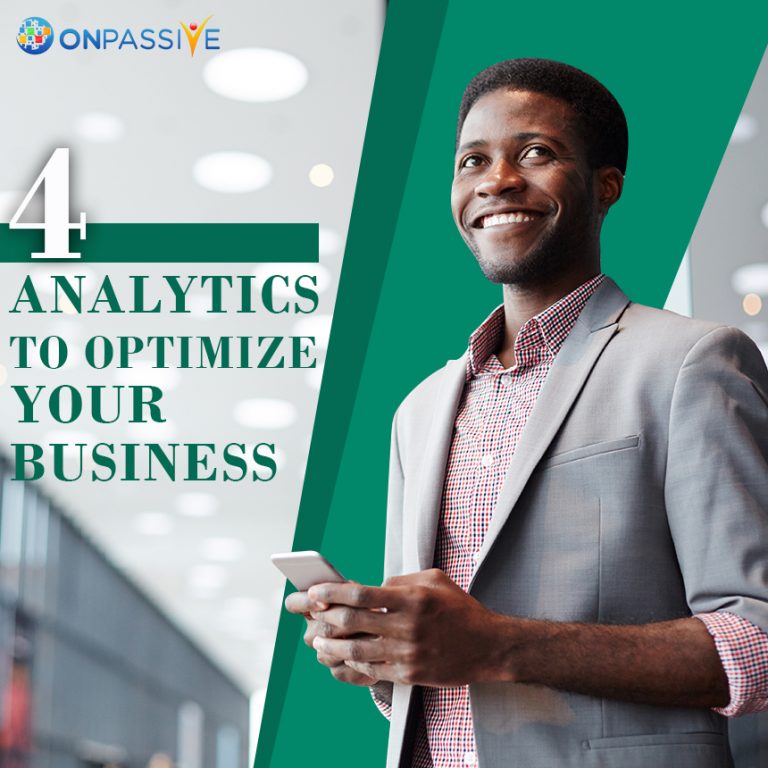
Today, we have access to more forms of data than ever before! The high volume of data available for the business world has brought severe problems to the decision-makers. But the question is how to turn this unstructured data into useable insights to make better business decisions? Additionally, how to find a correlation between various variables to predict the result efficiently? The simple answer is by leveraging a business analytics solution.
Business analytics uses predictive modeling, statistical tools, and models to uncover market trends and industry changes. Furthermore, based on historical events, specific tools can also precisely predict what might happen in the future. As such, every company is trying its best to utilize business analytics for their decision-making purposes. Depending on the data analysis requirement, there are four types of business analytics – descriptive, diagnostic, predictive, and prescriptive. When used correctly, these four types of business analytics solutions answer everything a business owner must know, from what’s going on in the organization to what solutions to be adopted for streamlining the functions.
While these four types of business analytics are interrelated, each of them offers a different insight. From e-commerce to the healthcare sector- most companies rely on one of these four types of business analytics to make the right business decisions.
Let’s look at each of these four types of business analytics solutions a little more in-depth.
Four Types of Business Analytics Model
#1: Descriptive Analytics
It can be called the simplest of these four types of business analytics, as its primary purpose is gathering and summarizing the market findings. Usually, descriptive analytics focuses on historical data, providing the context that is a prerequisite for understanding information and numbers.
Out of these four types of business analytics, descriptive analytics seeks answers about what happened, without performing the more complex analysis demanded in predictive models. Another feature that makes this form unique is that it will result in visualizations like pie charts, line graphs, bar charts, and other more straightforward graphical displays. Descriptive analytics employ simple statistical tools instead of more complex calculations that predictive and prescriptive analytics perform.
#2: Diagnostic Analytics
Diagnostic analytics is one of the four types of business analytics that uses probabilities, likelihoods, and the distribution of outcomes for the analysis. Diagnostic analytics typically comprises data discovery, drill-down, data mining, and correlations.
Diagnostic analytics tools will allow you to understand why the sales have decreases or increases for a specific period. But, it has a limited ability to give actionable insights. Out of the four types of business analytics, the diagnostic analytics tool takes it a step further to unveil the reasoning behind specific results. Apart from the other four types of business analytics, diagnostic analytics takes a broader look at data to recognize its root causes. Indeed, these insights are valuable in determining what factors and events contributed to the outcome.
#3: Predictive Analytics
As the name suggests, predictive analytics is utilized to predict likely outcomes. While technologies cannot foretell if an event will occur in the future, it can assuredly forecast the event’s occurrence.
Predictive analytics uses existing data to extrapolate the future occurrence or predict future data. If the model is adapted correctly, it can support complex sales and marketing forecasts as it goes a step ahead of the standard business intelligence in giving accurate predictions. In addition to this, predictive analytics helps detect fraud, optimize marketing campaigns, improve operations, and reduce business risks.
#4: Prescriptive Analytics
Prescriptive analytics is different from the other four types of business analytics as it allows users to prescribe several different possible actions and guides them towards a solution. While all these types are about presenting business advice, prescriptive analytics go beyond descriptive and predictive analytics by suggesting one or more possible action courses.
If implemented correctly, prescriptive analytics can have a massive impact on how businesses make decisions. As such, leading firms are already leveraging prescriptive analytics solutions to optimize supply chain operations, streamline production, and enhance the customer experience. Because of its unique power to recommend favorable solutions, prescriptive analytics is the ultimate frontier of advanced analytics.
Conclusion
While all these four types of business analytics model’s core objectives are almost the same- companies must smartly choose the type based on their business requirements. In most of the scenarios, businesses often jump straight to prescriptive analytics. However, prescriptive analytics is not always the right type to run behind. Hopefully, the four types of business analytics models mentioned in this writing price will help you make the right choice for your business.


